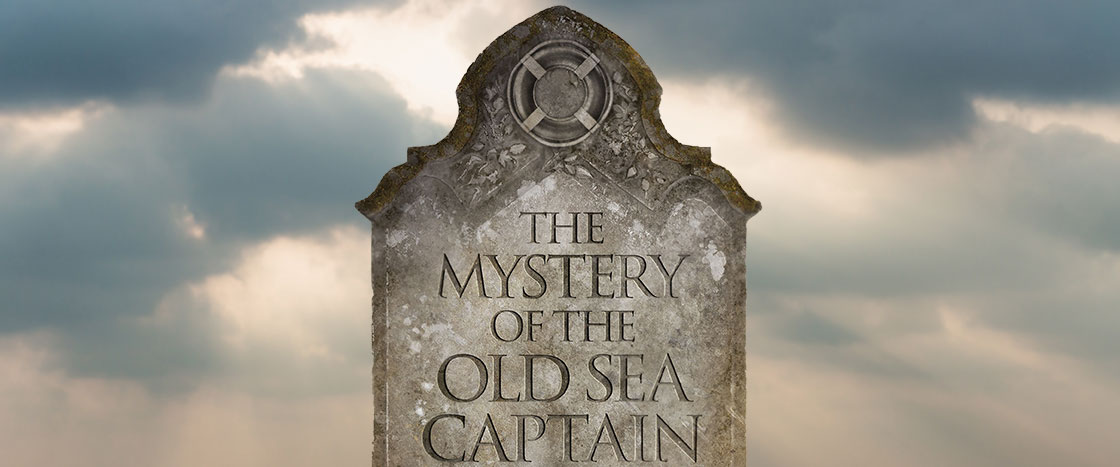I want to tell you about a boy I knew who lived in Morehead City, North Carolina, named Tucker Willis. Everybody liked Tucker.
He was good at nearly everything he put his hand to. Tucker could jump like a flea on the basketball court. He was smart in school. He could swim like a fish and surf.
But when he turned 12, he was still so short that he looked like an elf.
You know how it is when you’re a little different. Kids called him Squirt, Shrimp, Inchworm. He got teased about surfing too because not many Black kids we knew surfed.
I thought Tucker was the cutest thing in the world. But to him back then I was knock-kneed LaShana Mae, the girl who lived down the street. I was a few years younger. We were friends, though. We went to the same school and the same church—St. Luke’s Missionary Baptist.
Back in those days—in the 1970s—I was just a skinny girl with braids and braces. Kids called me Wires, and I hated that.
So Tucker and I had a lot in common. We often talked about the things kids called us. Even though being called those names hurt, Tucker laughed it off.
But one day, Tucker did something that made everybody stop calling him names he didn’t like.


